Making your components dynamic in Vue 3
Recent posts:

The different ways to use CSS :has(), with examples
The CSS :has() pseudo-class is a powerful new feature that lets you style parents, siblings, and more – writing cleaner, more dynamic CSS with less JavaScript.

Kombai AI: The AI agent built for frontend development
Kombai AI converts Figma designs into clean, responsive frontend code. It helps developers build production-ready UIs faster while keeping design accuracy and code quality intact.

The Replay (10/22/25): AI-assisted coding, Wasm 3.0, and more
Discover what’s new in The Replay, LogRocket’s newsletter for dev and engineering leaders, in the October 22nd issue.

Where AI-assisted coding accelerates development — and where it doesn’t
John Reilly discusses how software development has been changed by the innovations of AI: both the positives and the negatives.
Would you be interested in joining LogRocket's developer community?
Join LogRocket’s Content Advisory Board. You’ll help inform the type of content we create and get access to exclusive meetups, social accreditation, and swag.
Sign up now



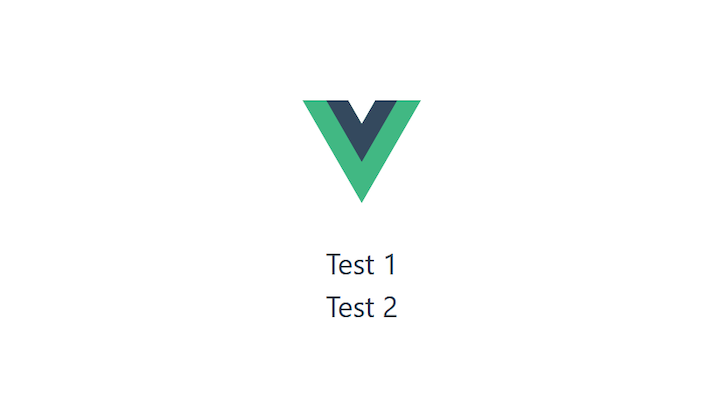
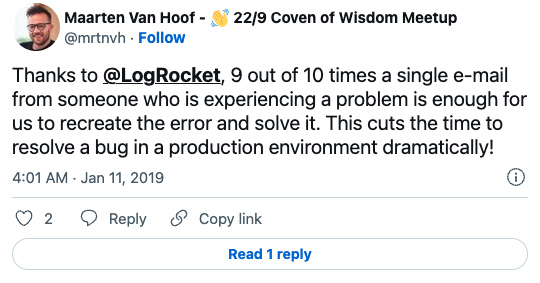

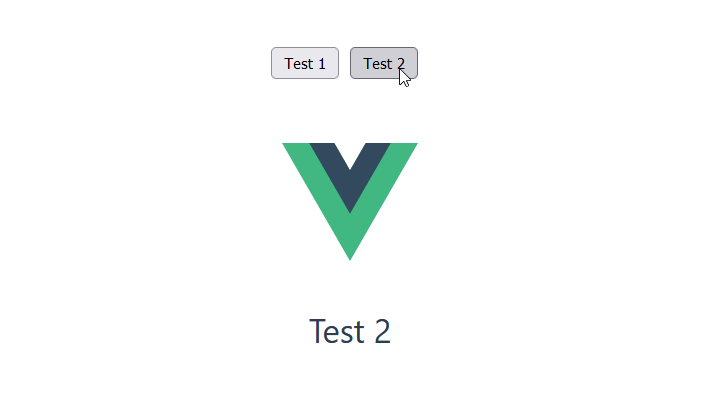
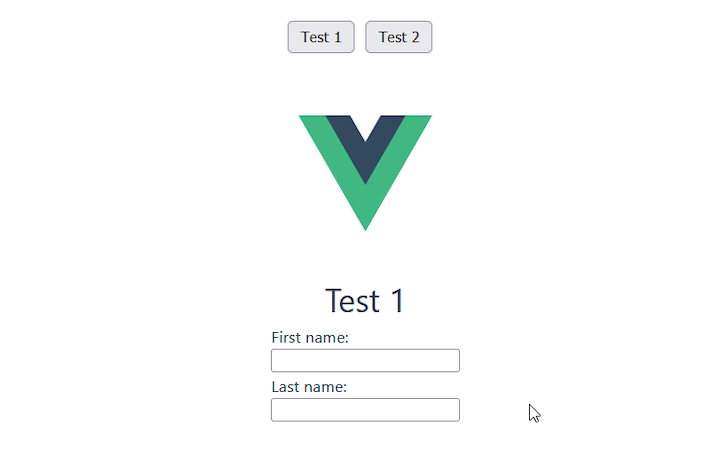

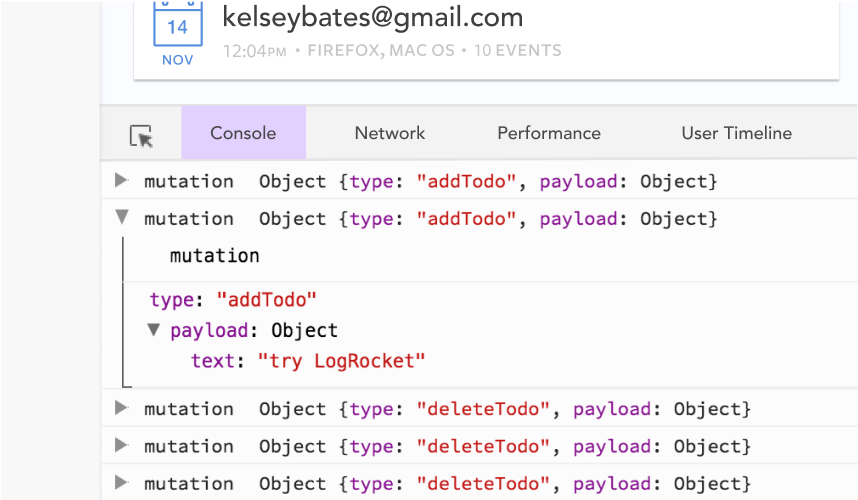



5 Replies to "Making your components dynamic in Vue 3"
Excellent article, thank you. I build backend APIs and want to venture into frontend builds. This article will help me dynamically load API data per component.
Also, nice touch in discussing . Thanks again!
You say it’s dynamic but the imports are hard coded? How do I get dynamic imports with these components. I’ve been searching the internet for days. 🙁
Finally a clear explanation to help me to solve my problems, thank you for that!
May i know how to remove the error no-unused-components from eslint when using dynamic components?
Really nice explanation. But example with binding via “is” not working when it is not a dynamic.
is=”Test1″ must be :”Test1″ otherwhise VUE/ESLINTER wrote something about error and that it must be in this style.
Its about settings or Vue version or what? Thx 🙂
Otherwise perfectly simple 🙂